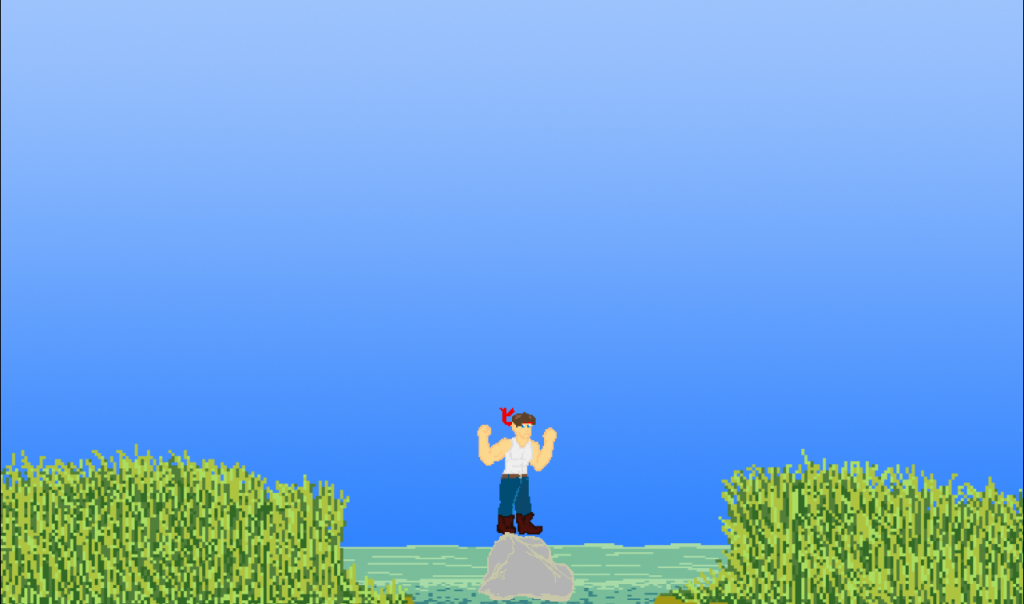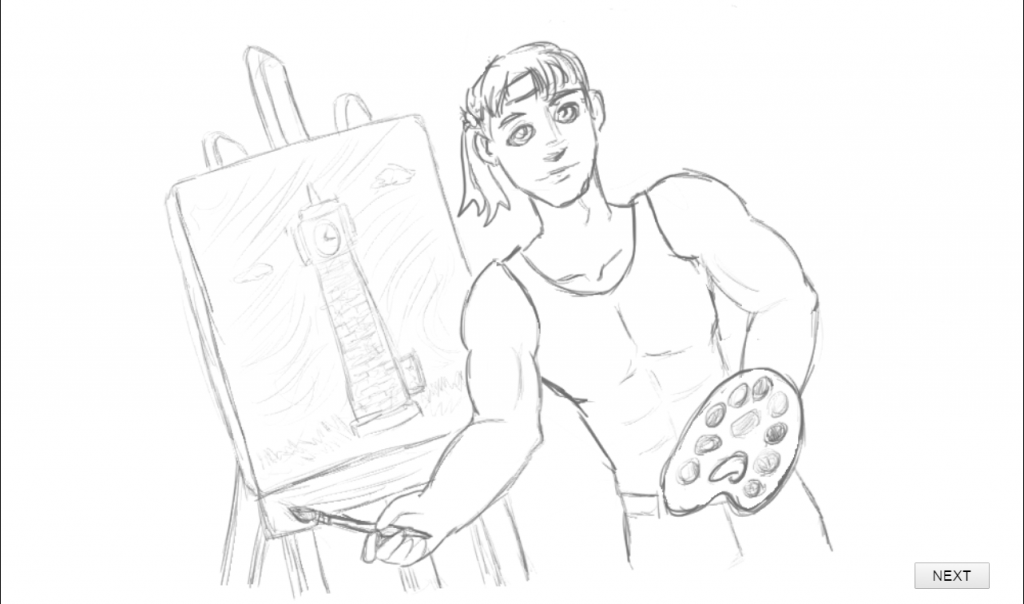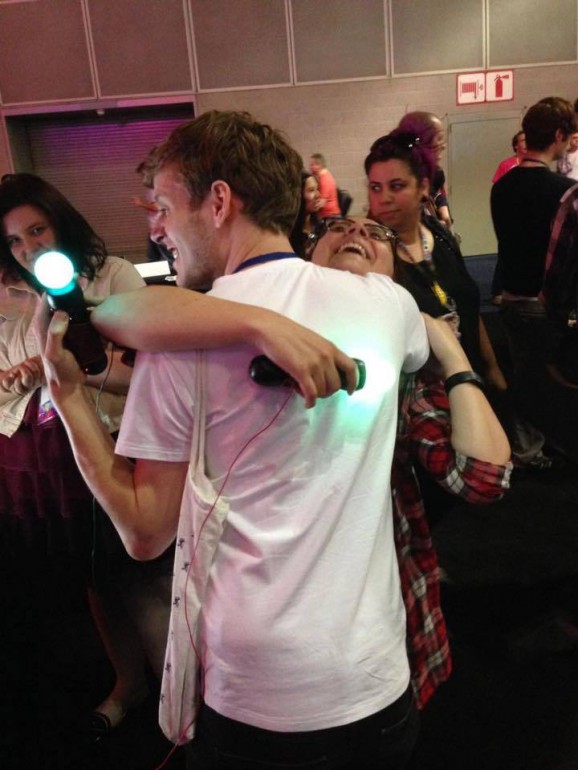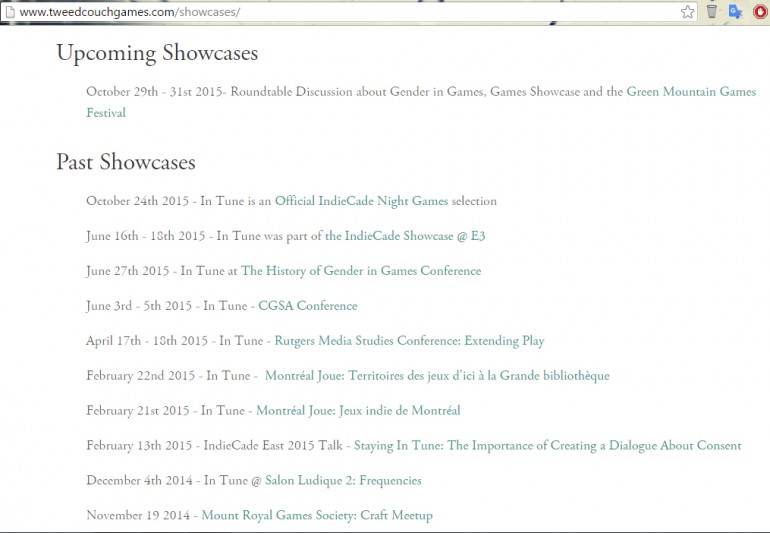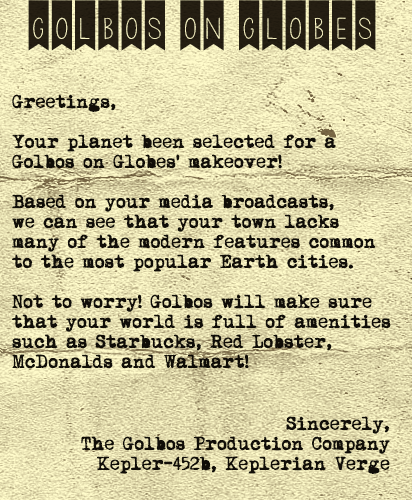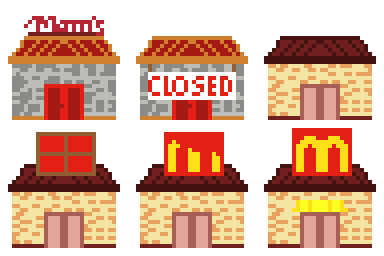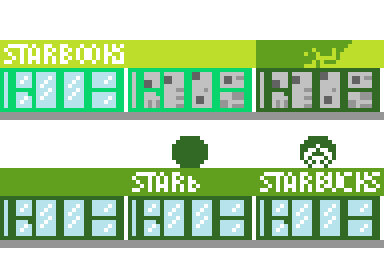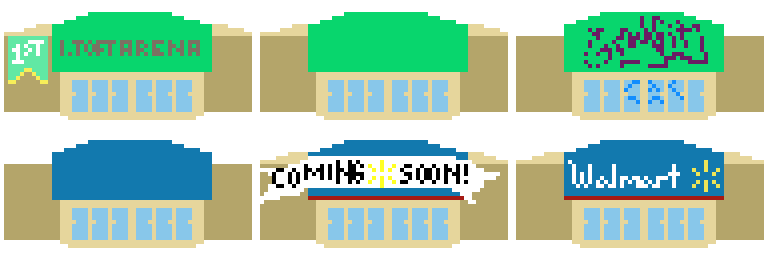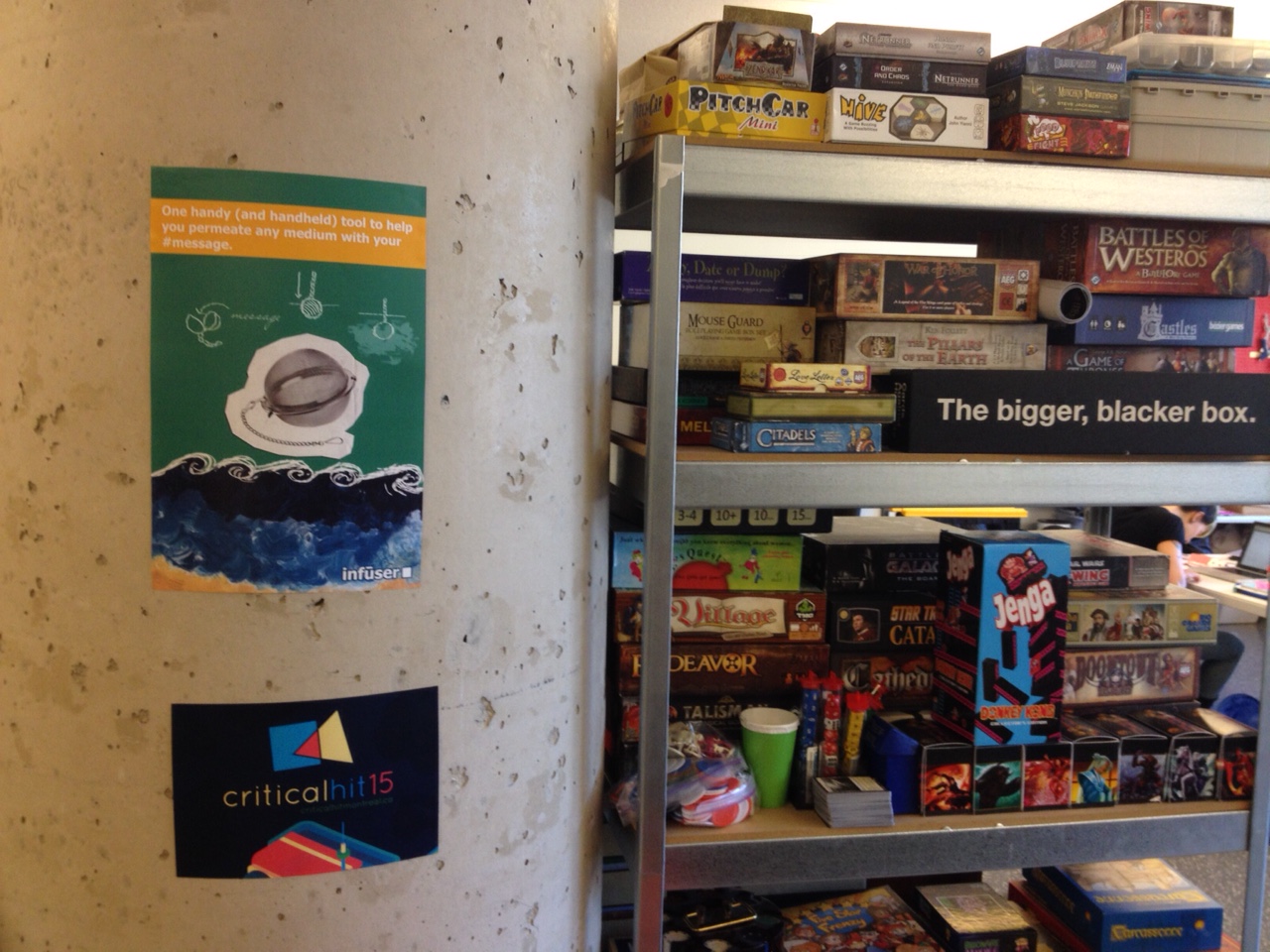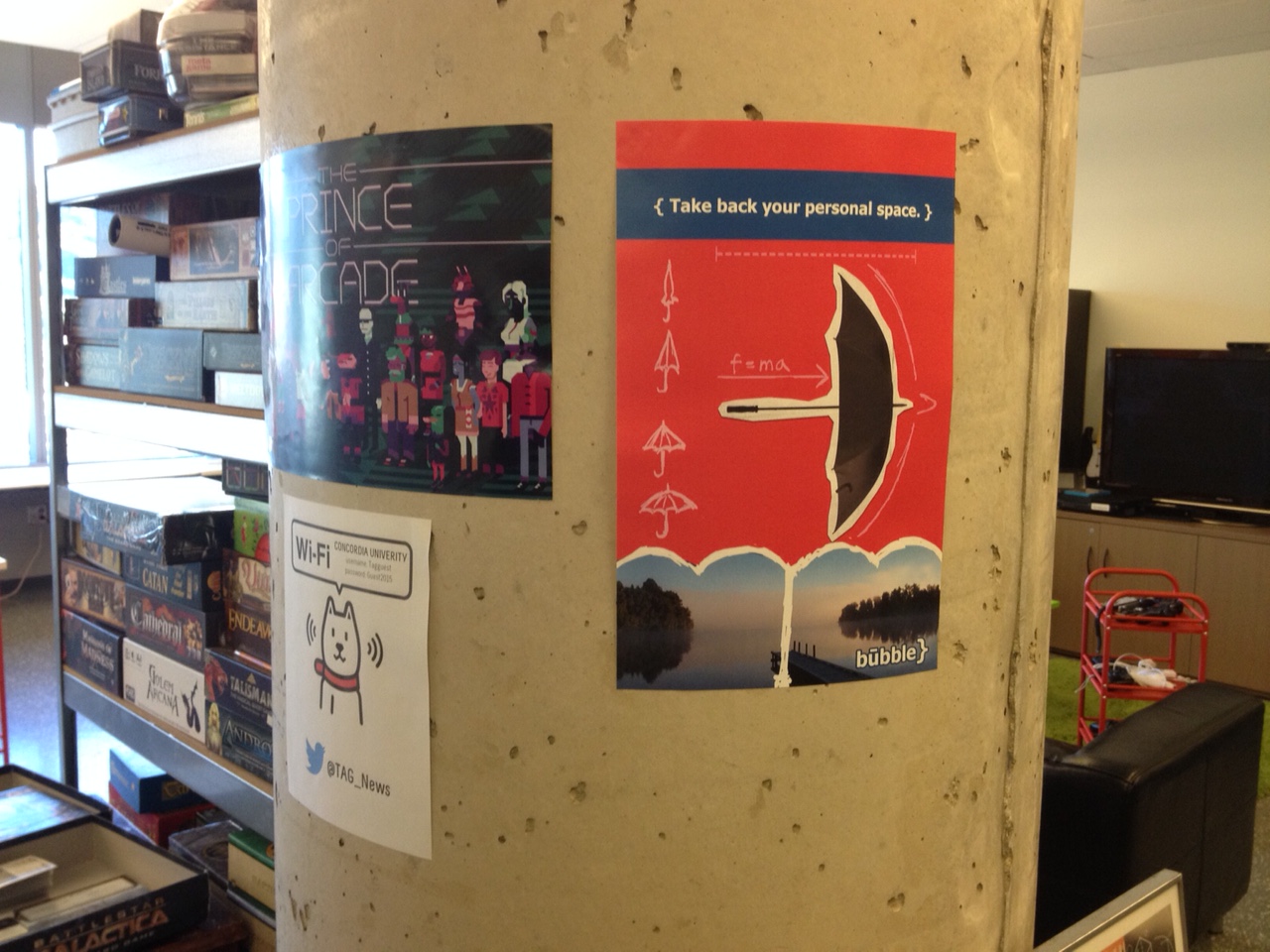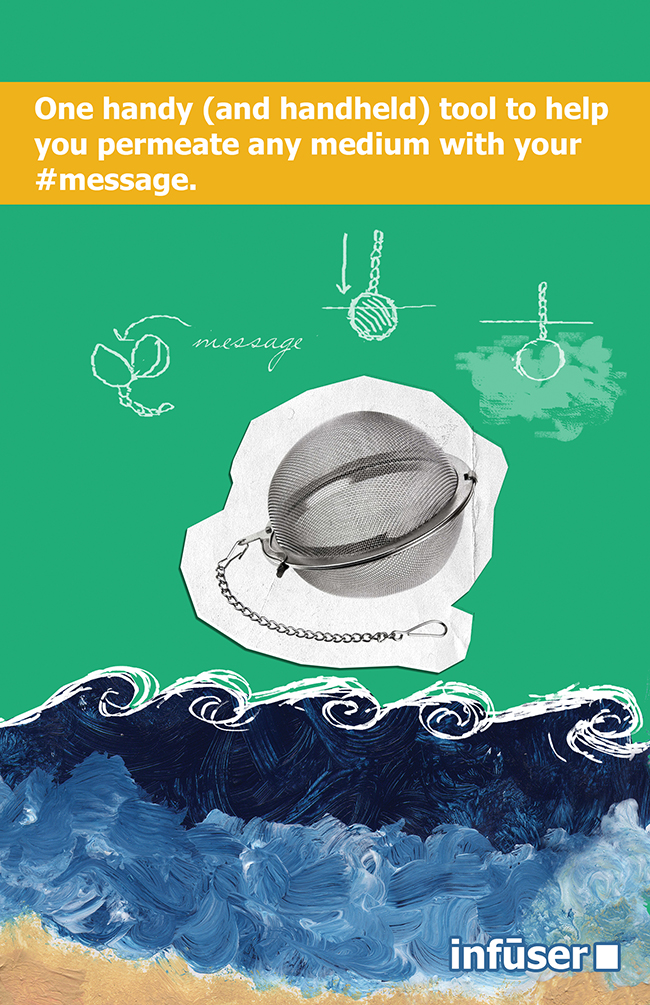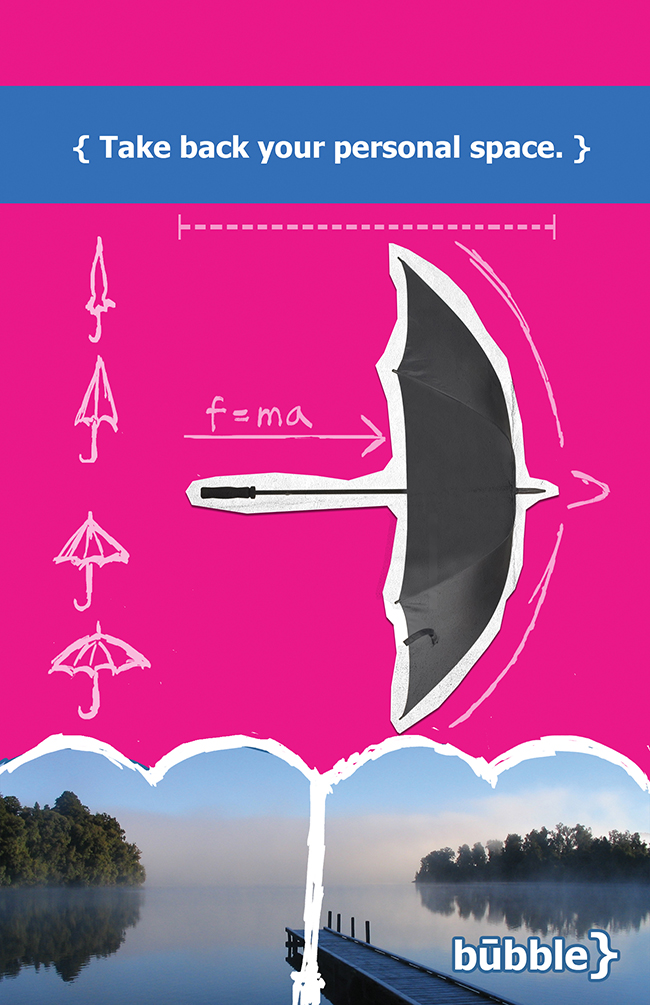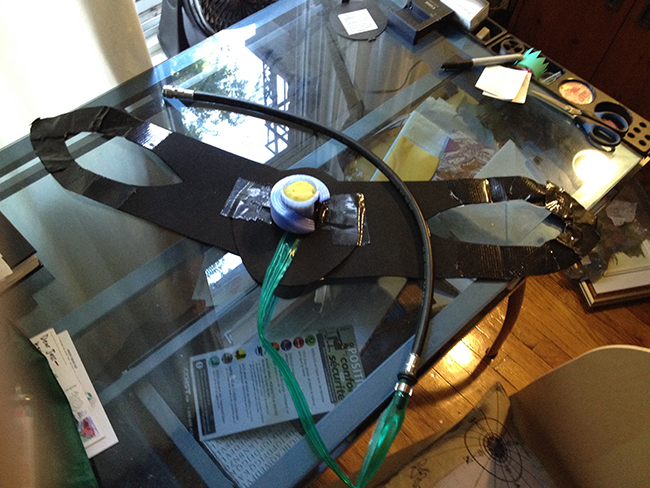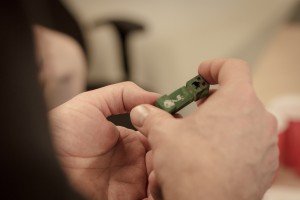[This post was written as part of a class assignment, but I thought you might be interested in seeing it as well. If you want to play Lone Wolf Commando Assault, you can find it here.]
OVERVIEW
“This game would explore what it feels like to have non-combative options in digital spaces that are ostensibly ideal for combat. From dungeon-like caves to hills to canyons just perfect for an ambush, what kind of disruption, even momentarily, happens when game designers program in actions or objectives that go beyond our horizon of expectations?”
This is the question that I set out to answer based on the initial game design document for this project for Digital Games Theory and Research. The explanatory text at the end of Lone Wolf Commando Assault summarizes the message of the game thus “In games, it isn’t just that the design of a space determines its use, but also that only certain actions are programmed in for the player to have their avatar perform.” That, of course, isn’t the whole picture, or it wouldn’t have been necessary to make a game about it.
Lone Wolf Commando Assault is a three-level prototype where the player inhabits the role of Major Biefkake, “one tough mother who has seen the horrors of this world and fights to make it a better place.” In the game, the player navigates across sidescrolling (and in one case downscrolling) levels that lead them to various locations where, if this were a mainstream AAA game, there would be some kind of combat-oriented action to take, such as making a sniper’s nest, setting up an ambush, or entering into combat. Instead, those expectations are subverted — there are no combat-oriented actions programmed into the game, so the player has to choose to do something else instead.
CRITICAL DECISIONS
Somewhere along the way, the game began to critique elements of heteronormative, patriarchal masculinity. This started with my choice of avatar, I think, and blossomed out from there. Usually, I would deliberately avoid having the main character of my game a white male – not because white males aren’t good or anything, but because we’ve got plenty of them in games already. I thought about who the main character of the game ought to be instead, but decided that, in order to set the horizon of expectations for my players, considering that I would be working with limited resources compared to the lush 3D worlds of AAA games, I needed to highlight what that horizon was in other ways. So, I decided to make a character that could have walked out of Street Fighter or Mortal Kombat, with large arms, a white tanktop highlighting exaggerated muscles, and a soulful red bandana reminiscent of Rambo. Friends encouraged me to consider making levels that would also involve classic RPG characters, but given time constraints, I decided to focus in on the story of Major Biefkake, and I also made the decision to be kind to him. In writing the introductory text for the game, I tried to make use of the rhetoric of “fighting for peace” that exists in games (and around war more generally) where the word fighting usually means literally and peace as an end goal is used as a justification for violent action. This is how Major Biefkake came to be fighting to make the world a better place, looking to leave it kinder than when he was born into it. His possible actions are at least as effective if not more so than violence in making the world kinder.
From there, the very fact that Biefkake was a Rambo-Street-Fighter dude with big beefy arms who was not committing acts of violence, but flying kites, having picnics and exploring nature instead somehow made him humorous. Which, I guess, as a critique of how the patriarchy hurts men, is pretty scathing in and of itself.
CHALLENGES
One decision that I made probably created quite a bit of extra work for me and may have made my critique of space slightly less effective: it was important for me that, other than the large “LET’S DO IT” and any UI considerations (such as the grenades on which the player’s options are written), all objects in the game be diegetic. What I mean by that is that I wanted to design levels where any items that I placed within them could reasonably be found there and feel natural. This made creating the platformer aspects of the game far more difficult, and in the end, I did have to make some concessions. The level that I am the least happy with is the third one, the Canyon level, where I had to put rocks sticking out because canyons don’t exactly have platforms and I didn’t want the player to just jump to the bottom of the canyon. That’s pretty much what happens anyway, though, and while I liked that this level changes the pace of the game, I’m unhappy with how short it feels and what the descent feels like.
Another major challenge was the amount of art assets that I set out for myself to create. I chose a fairly detailed style, and so each object was fairly time-consuming. The most time-consuming art assets, though, were the multiple-choice visual novel endings for each level. Although they have varying levels of details, having three levels meant drawing 12 manga-style pictures that had to feel like a visual reward for finishing the level. That meant paying quite a bit of attention to consistency across the drawings and that they had to be as good as I could make them. Also, since designing space was a key aspect of this game, I didn’t want to reuse objects from other levels. The number of art assets that it was necessary to create to make each level feel unique definitely made me limit the number of levels more than I would have liked. Thankfully, the programming for this was relatively simple, and I could reuse most of the code between levels. I’m glad that I decided to use Construct 2!
I arrived at most of my design decisions after careful consideration, and I think that what I would have changed about the game if I had to do it over is primarily time-constraint based. If I polished this game further, it would be to re-design the canyon level and add more levels. Perhaps there’s also more of a reward that I could give players at the end of each level – in a visual novel, this would be a photo album or something of that nature where players could review images that they got from getting particular endings or reaching particular points in the game. Maybe, in this case, it should be something like a comic, or maybe I should push the visual novel elements further and have players make more choices after the initial one.
FEEDBACK
The feedback that I received from my peers and other playtesters for the game was positive. Many people appreciated the tone of the writing involved – one person noted that it managed not to be too preachy while still getting the point across. The critique that I was aiming for in the game seemed to come across, and that allowed people to engage with critiquing that critique – nice!
One person did note that it was at times difficult to tell an object in the foreground from an object in the background. That’s something that I would definitely work when polishing this game further – playing with lighting and perspective is a challenge for me as a visual artist.
One playtester noted that, “while [the game] critiques expectations about actions possibly in a different space in games, it doesn’t really offer the player more freedom, but simply replaces the static choices traditionally associated with the spaces with other choices, which (while refreshing as a subversion of standard tropes) are just as constraining.” My thoughts are that this is absolutely true – this is not a game that increases player agency. Instead, the inability to perform the expected actions is part of the point: we do what is programmed into the game for us to do, and we can’t really do anything else. Ultimately, I think constraining what a player is able to do in a game is part of a designer’s tool kit: if we could do anything – everything – that we wanted in games all the time, any time, then I think games would be a lot less interesting. While I enjoy emergent gameplay, I am especially pleased when a game supports my subversive play when I least expect it – it is a moment, mediated through the game, that a designer is sharing with me. “Yes,” that designer is saying, “I thought someone might want to try that in the game.” I don’t think that the point is for a game to give players every option that they might think of (because it probably won’t), but rather for games to start giving us more varied decisions overall to make in those spaces.

